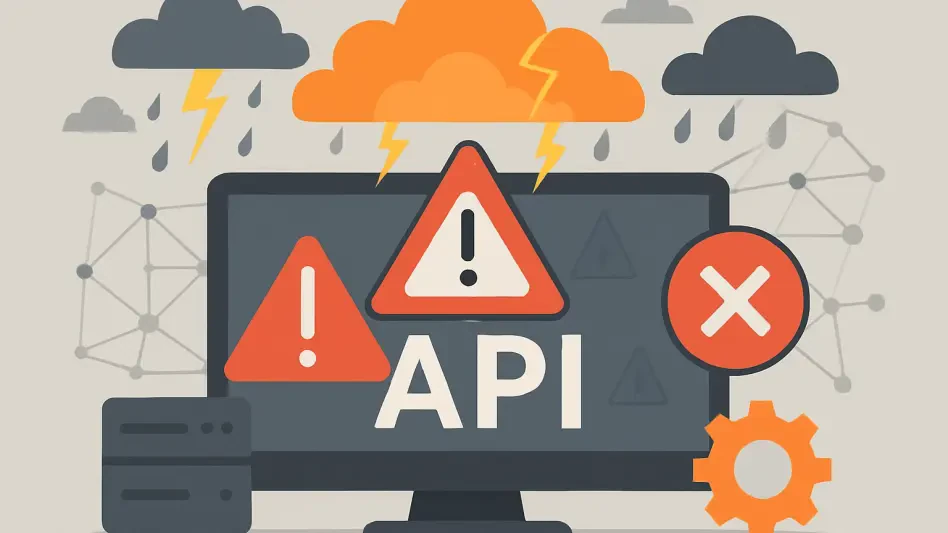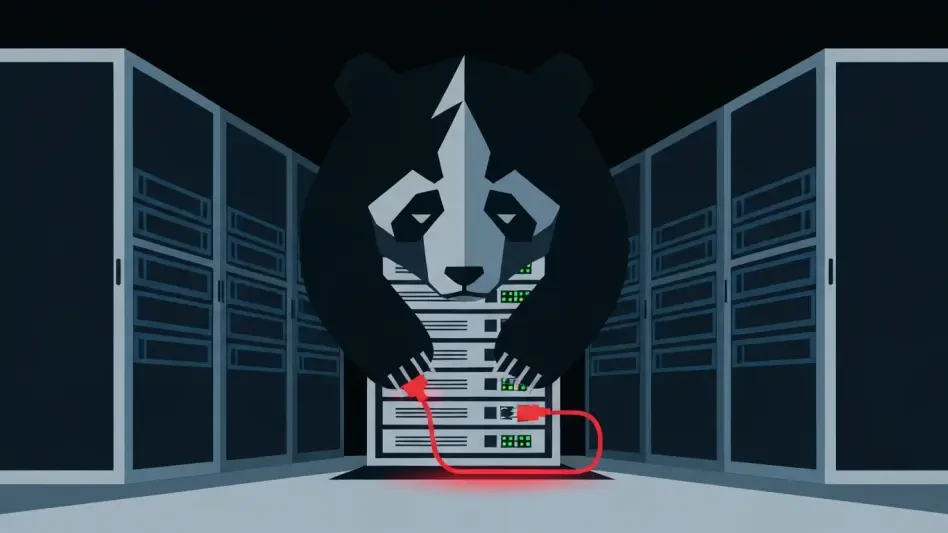Imagine a digital backbone that millions of websites and services rely on suddenly grinding to a halt, leaving administrators unable to manage critical configurations for over an hour. This scenario unfolded on September 12, when Cloudflare, a cornerstone of internet infrastructure, faced a significant disruption to its dashboard and APIs. The outage, which began at 17:57 UTC, exposed vulnerabilities in internal systems and raised questions about the resilience of cloud services under unexpected strain. While end-user traffic remained unaffected, the incident disrupted administrative functions, highlighting the delicate balance between innovation and stability in modern tech ecosystems. Cloudflare’s swift response and detailed post-mortem provide valuable insights into the complexities of managing large-scale platforms, shedding light on both the technical missteps and the proactive steps taken to prevent future issues.
Unraveling the Technical Breakdown
The root of the disruption traced back to a subtle yet devastating software bug nestled within the Cloudflare Dashboard’s React code, specifically in a useEffect hook. This flaw caused an avalanche of excessive API calls to the internal Tenant Service, a vital component for authorizing requests, due to a misconfiguration that triggered repeated queries with every state change during dashboard rendering. Compounding the issue, a simultaneous update to the Tenant Service created a perfect storm, unleashing a “thundering herd” of requests that overwhelmed the system, leading to its collapse. This failure had a domino effect, rendering the dashboard and many associated APIs inaccessible. Notably, Cloudflare clarified that the outage was limited to the control plane, which handles administrative tasks, while the data plane, responsible for customer traffic, remained unscathed thanks to a strict separation of functions. This incident underscores how even minor coding errors, when paired with ill-timed updates, can cascade into significant service interruptions.
Response and Roadmap for Resilience
Cloudflare’s engineering teams moved quickly to address the crisis, initially focusing on alleviating the strain on the Tenant Service by enforcing a global rate-limiting rule and scaling up Kubernetes pods to enhance capacity. These efforts partially restored API functionality, though the dashboard remained in limbo. A subsequent patch attempt at 18:58 UTC briefly worsened the situation, impacting API availability again, but the change was promptly rolled back, with full service restored by 19:12 UTC. Looking ahead, Cloudflare has outlined robust measures to prevent recurrence, including migrating the Tenant Service to Argo Rollouts for automated rollback of problematic updates and introducing randomized delays in API retry logic to avoid system overloads. Enhanced resource allocation and capacity monitoring will also serve as early warning systems. This outage, while contained, served as a stark reminder of the challenges in maintaining stability during updates and the critical need for rigorous error-handling mechanisms in interconnected cloud systems.








